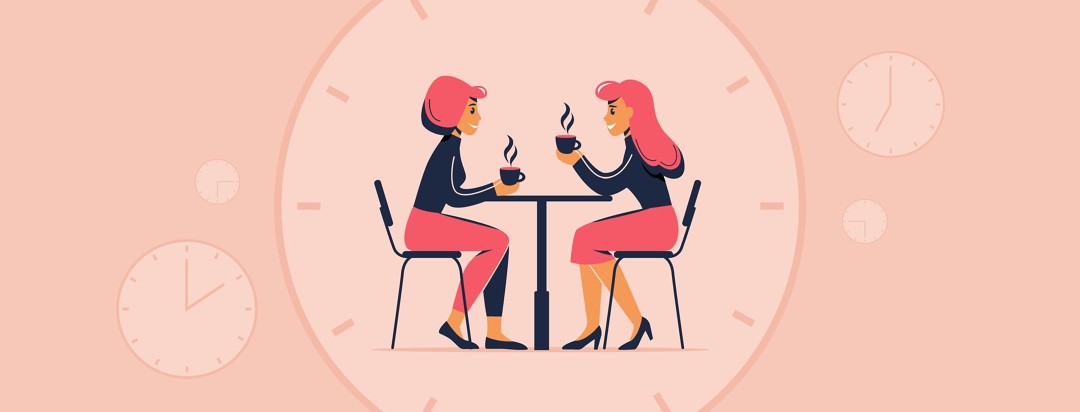The Six-Month Leash
Every six months, my friend Cheryl and I get together and celebrate our good health. Cheryl and I are both cancer survivors – bladder cancer for me, and appendix cancer for her – and we both get health screenings every six months to see if the cancer has returned. When the scans turn up negative for cancer, as they all have since our original diagnoses and surgeries, we go out for lunch.
A temporary reprieve from all the tests
My friend calls it “the six-month leash,” meaning that, as survivors, we can enjoy just a temporary reprieve from all the tests, scans, and bloodwork before we have to come back in the doctor's office for more. Like a pet on a leash, we're never quite free: we're always just a short distance away from cancer and all the poking and prodding that comes with it.
Checking for signs of tumor recurrence
In the beginning, the leash was shorter. After my diagnosis and surgery in January 2017, my doctors had me back in the office every three months for a cystoscopy, a procedure where they visually examine the bladder with a scope to check for signs of tumor recurrence, which they can see with a tiny camera. According to the American Urological Association, if the patient has no tumor on their first surveillance cystoscopy, they can have checkups every three to six months for the first two years and then annually for every year after that. Apparently, the longer you can go without a tumor recurrence, the better your odds are that your cancer will stay away in the long term. So far, so good.
The six-month leash is the optimal one
Over lunch, Cheryl and I talk about cancer and joke about the leash. We agree that the six-month leash is the optimal one. For me, getting a cystoscopy every three months just reminded me of my mortality, a nod that I had cancer once and was at risk of getting it again. But the thought of a 12-month leash scares me, too. Anything can happen in a year, and twelve months seems far too long not to know whether something is growing inside of you.
Having access to preventative care
Neither of us loves the leash: Cystoscopies can be uncomfortable, and messy, and often they're an emotional reminder of what was one of the worst periods of my life. Bloodwork is painful and tedious, and imaging scans aren't much better. But, to be fair, the leash isn't completely bad, either. Being on a “leash” means I have access to preventative care. It means I have a medical team keeping tabs on my health, ready to jump into action at the first sign of trouble. It's something we're both grateful for, as survivors, because we know how quickly things can change.
Embracing the leash
Together, we're learning to embrace the “leash,” and consider it just another part of living with (or in our cases, beyond) a cancer diagnosis. For me, the leash means that although I can still enjoy life free of cancer, my health will always be in the back of my mind. The leash means I can never fully take my health for granted again. And the cancer experience is something I will never fully forget.

Join the conversation